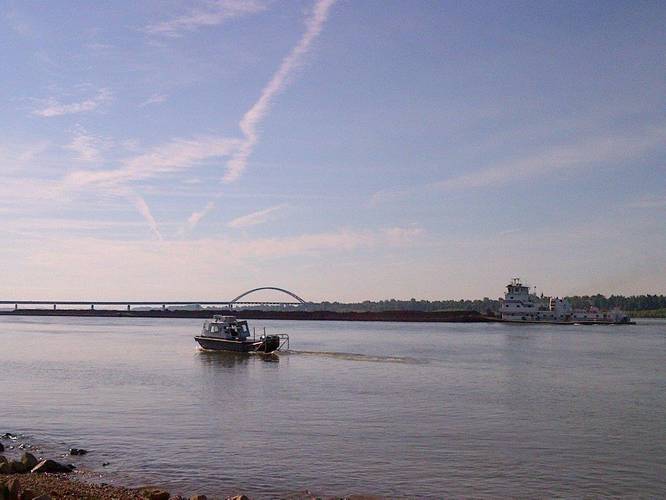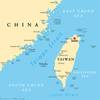Marine Highway Momentum from Maine Port Authority
The more than 25,000 miles of navigable Great Lakes, rivers, and waterways that make up America’s Marine Highway System are – and will remain – a key economic asset. Our nation’s marine highway routes and the tugs and barges that ply those marine highways help alleviate land-side congestion; accommodate future freight growth; and provide reliable, competitive alternatives for freight shippers.
However, smooth sailing is not always guaranteed. For example, winter weather can cause the waters off the coasts of New England states – part of M-95, a crucial marine highway running all the way from Maine to Florida – to be too rough for tugs to safely push or pull cargo-loaded barges. That’s why DOT's Maritime Administration (MARAD) has supported the Maine Port Authority’s development of a next-level cargo vessel designed specifically to handle that unique marine environment.
In addition to increasing safety and reliability for mariners and shippers, the project shows great potential to reduce energy consumption and air emissions while offering relief to cars and trucks on the busy I-95 land-side corridor.
This week, port officials took a major step forward in this effort by releasing a design for the first U.S. containerized articulated tug barge, or “ATB,” made possible with funding from MARAD.
Unlike a tug and barge combination, an ATB is mechanically linked, combining the economics of tug and barge operations with the speed, maneuverability, and heavy weather-reliability of a ship. The vessel proposed by the Maine Port Authority would support the Northeast Marine Highway Expansion Project's efforts to expand container-on-barge service between Newark, NJ; Boston, MA; and Portland, ME.
Our strong support for development of this vessel is another in a long line of actions that prove this Administration’s commitment to the future of marine transportation and to developing a truly multimodal freight system that increases capacity, supports economic growth, and provides viable alternatives for shippers.
Since September 2009, through six rounds of our TIGER grants, this Administration has awarded more than $100 million to projects developing and increasing use of America’s marine highways. Additionally, MARAD has awarded $6.3 million for marine transportation-related infrastructure and equipment through our Marine Highway Grant program, and we have funded $700,000 for marine corridor studies.
The Obama Administration and MARAD are proud to back America’s Marine Highways – not just because they’re environmentally-friendly and energy-efficient – but also because we see their potential value in the future. Our nation’s expanding population will increase the demands placed on our freight system, and America’s waterways are largely-untapped assets with the available capacity our country's growth requires.
With continued support from this Administration, and forward-thinking efforts like the work of the Maine Port Authority, I have no doubt that America’s Marine Highways will be in a position to keep America moving.
Source: DOT Fast Lane blog


















